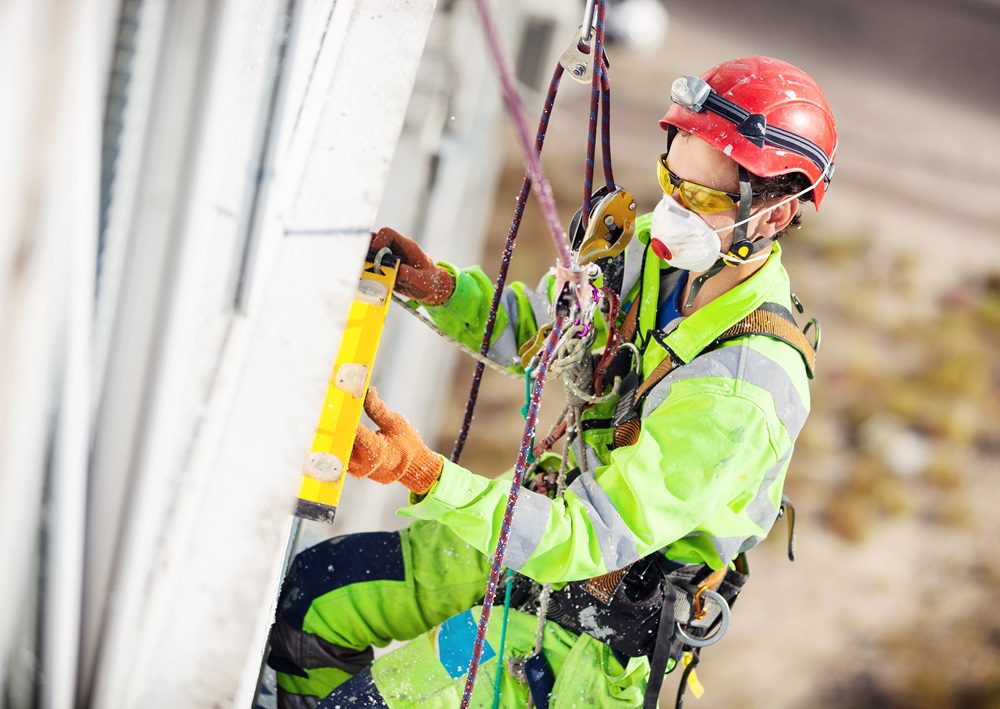Introduction
In the world of construction, safety is paramount. High-risk construction work demands a meticulous approach to ensure the well-being of all involved. That’s where a Safe Work Method Statement (SWMS) comes into play.
At Spire Safety Consultants, we understand the critical role SWMS plays in the construction industry. In this comprehensive guide, we’ll delve into the nitty-gritty of creating an effective SWMS for high-risk construction work.
We’ll also highlight why you should choose Spire Safety Consultants as your trusted partner for safety solutions.
Why Choose Us: Spire Safety Consultants
At Spire Safety Consultants, we’re more than just a safety consultancy; we’re your partners in creating safer work environments. Here’s why you should choose us:
- Expertise in High-Risk Construction Work: Our team comprises seasoned professionals with extensive experience in high-risk construction projects. We know the ins and outs of the industry and are well-versed in the latest safety regulations.
- Customized Solutions: We understand that no two construction projects are the same. That’s why we provide tailor-made SWMS solutions to fit the unique requirements of your project. We don’t believe in one-size-fits-all solutions.
- Compliance and Regulation: Staying compliant with safety regulations is non-negotiable. We ensure that your SWMS not only meets but exceeds all regulatory requirements. Our meticulous approach ensures you’re always on the right side of the law.
- Practical Implementation: We don’t just create documents; we help you put them into action. Our guidance extends to practical implementation, making sure your SWMS isn’t just a piece of paper but a living, breathing safety plan.
- 24/7 Support: Safety concerns can arise at any time. With our round-the-clock support, you’ll never be left in the dark. Whether it’s a query, an emergency, or a safety update, we’re here for you.
- Proven Track Record: Our portfolio of successful projects speaks for itself. We’ve assisted numerous clients in achieving a higher level of safety and efficiency in their construction work.
What is a Safe Work Method Statement (SWMS)?
A Safe Work Method Statement, often abbreviated as SWMS, is a detailed document that outlines the high-risk construction work to be performed and the safety measures in place to mitigate potential risks.
It is a crucial tool in ensuring the safety of workers, visitors, and the public on construction sites.
Key Components of an SWMS:
- Job Description: An SWMS begins with a description of the high-risk construction work to be carried out.
- Hazard Identification: It identifies the hazards associated with the work, including any environmental factors.
- Risk Assessment: This section assesses the level of risk associated with each identified hazard.
- Control Measures: It outlines the safety measures to be implemented to control and mitigate the identified risks.
- Emergency Procedures: In case of unexpected incidents, the SWMS should include detailed emergency procedures.
- Review and Consultation: An SWMS should be reviewed regularly and developed in consultation with relevant stakeholders, including workers and safety representatives.
Creating an Effective SWMS
Crafting an effective SWMS is more than just a paper exercise. It’s a comprehensive safety plan that ensures everyone on the construction site goes home safely. Here’s how you can create one:
1. Identify the High-Risk Work
Before you can draft an SWMS, you must first identify the high-risk construction work that needs to be performed. This can include activities such as working at heights, operating heavy machinery, or working in confined spaces.
2. Hazard Identification
Once you’ve identified the high-risk work, the next step is to pinpoint the hazards associated with these activities. This requires a careful examination of the work environment and the tasks involved.
3. Assess the Risks
For each identified hazard, assess the level of risk it poses. You should consider the likelihood of the hazard occurring and the potential consequences.
4. Implement Control Measures
To mitigate the risks, develop and implement control measures. These could include safety equipment, procedures, training, and safety signage.
5. Emergency Procedures
Prepare detailed emergency procedures that address potential accidents or incidents. Ensure that all workers are aware of these procedures and conduct regular drills.
6. Consultation and Review
Involve all relevant stakeholders in the development of the SWMS, including workers and safety representatives. Regularly review and update the document to ensure it remains current and effective.
FAQs
Q1: Is an SWMS a legal requirement for high-risk construction work? A1: Yes, in many jurisdictions, it is a legal requirement to have an SWMS in place for high-risk construction work to ensure compliance with safety regulations.
Q2: Can I use a template for creating an SWMS? A2: While templates can be a helpful starting point, it’s essential to customize your SWMS to the specific risks and requirements of your project. A generic template may not provide adequate protection.
Q3: How often should a SWMS be reviewed? A3: SWMS should be reviewed regularly, especially when there are changes in the work process, site conditions, or safety regulations. It’s crucial to keep it up to date.
Conclusion
In the high-risk world of construction, safety is non-negotiable. A well-crafted Safe Work Method Statement (SWMS) is your shield against potential hazards.
At Spire Safety Consultants, we’re committed to ensuring that your construction projects run smoothly, efficiently, and most importantly, safely.
Choose us as your safety partner, and let’s make your worksite a safer place. Contact us today and let’s build a safer future together.








